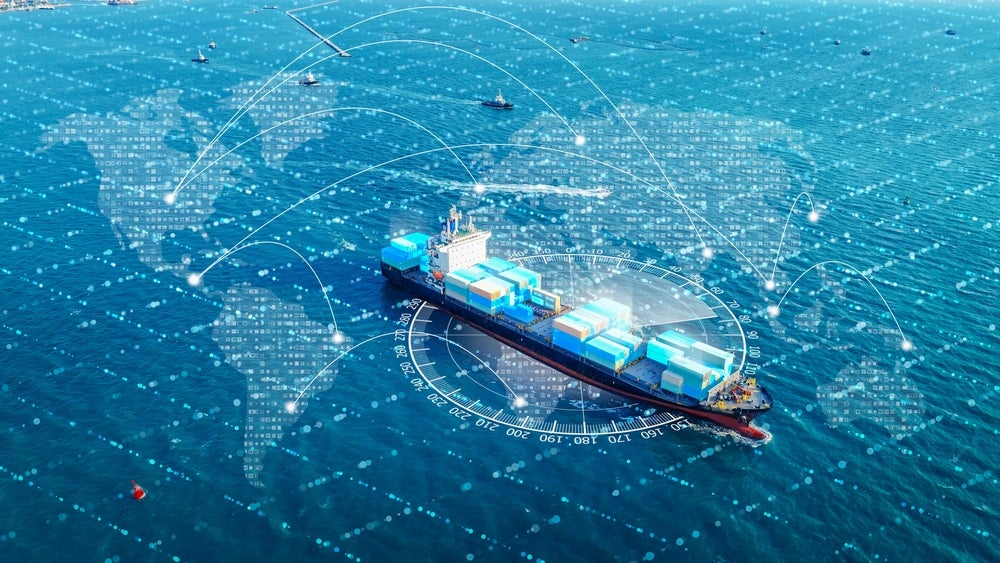
After banning single-use plastic in 2018, this year, expedition cruise line Hurtigruten will be going even greener through an $850m investment in innovation and green tech.
There are two main elements to Hurtigruten’s green upgrade in 2019. On one side it will be launching the world’s first ice-class battery-diesel hybrid expedition cruise ship, MS Roald Amundsen. Built at Kleven Yard and one of three new ships that will join the fleet, MS Fridtjof Nansen will follow in 2020 and a third, so far unnamed ship, will be delivered in 2021.
The other side will see Hurtigruten replace the traditional diesel engines of some of its existing fleet, including MS Polarlys, with a hybrid combination of clean battery power, liquified natural gas (LNG) and liquified biogas (LBG) engines.
Already free of heavy fuel oil, which is the most polluting and widely used fuel in the cruise ship industry, Norwegian company Hurtigruten intends to power at least six ships with its LNG, LBG and battery-powered systems by 2021.
From dead fish to biogas
With the number of biogas plants in Europe increasing from 6,000 to 17,000 between 2009 and 2015, this clean source of energy has become more accessible.
Rune Thomas Ege, vice president of communications at Hurtigruten, says that up until recently one of the main challenges and key issues has been access to LBG.
How well do you really know your competitors?
Access the most comprehensive Company Profiles on the market, powered by GlobalData. Save hours of research. Gain competitive edge.

Thank you!
Your download email will arrive shortly
Not ready to buy yet? Download a free sample
We are confident about the unique quality of our Company Profiles. However, we want you to make the most beneficial decision for your business, so we offer a free sample that you can download by submitting the below form
By GlobalData“Low supply and low demands have been driving volumes down and prices up,” he explains. “We believe this is about to change. Operating on LBG is not a big issue by itself. It can be mixed with LNG, and engines and shore-side infrastructure are the same as is used for LNG operations.”
Biogas production involves the biological breakdown of organic material, such as dead fish. As Norway is the world’s leading salmon supplier, which also happen to have a 19% mortality rate – the equivalent of 53 million salmon dying in a cage (often due to sea lice) – biogas production makes it possible to utilise this waste, as well as other organic matter.
“Fishery and forestry are large sectors in Norway – they create jobs and produce income, but they also produce a lot of waste products,” explains Ege. “The steady access to high volumes of organic waste gives the Nordic countries a unique position on the biogas market. We are pushing for more innovation, more investment.”
Sailing towards a sustainable future
“Sustainability will be a key driver for the new era of shipping and the travel industry moving forward,” says Ege, who believes that the biogas market will expand rapidly within the next few years.
It’s a vision that ties in well with the company’s overall goal of operating its fleet emission-free.
“Biogas is the cleanest fuel available – the content of LNG and LGB, biogas, is essentially the same: they both comprise of almost 100% methane,” says Ege. “What sets them apart is the production process. LNG is extracted from the ground. Biogas is renewable and produced from organic waste. This means that using it as a fuel actually has a double-positive impact on the environment.”
Frederic Hauge, founder and general manager of the Bellona Foundation, an international environmental NGO based in Norway, says that Hurtigruten’s decision is what they aim for, as the waste is refined into fossil-free energy and it also eliminates sulphur and NOx emissions, and particles.
“Hurtigruten has become a symbol of how to put responsibility into action,” says Hauge. “They have taken several important steps to improve their climate and environmental performance. Now they introduce the use of renewables in the cruise industry and that gives us hope for a change of pace in finding sustainable solutions.”
A case against heavy fuel oil
There are over 300 cruise ships in the world and with mid-size cruise ships estimated to emit as much pollution as one million cars, the cruise industry has been heavily criticised for its reliance on heavy fuel oil (HFO).
Fuel oil spills and air and climate pollution are among major concerns in environmentally fragile locations, such as the Artic, where shipping and cruise tourism is increasing.
The Black Carbon (BC) produced can contribute to heart and lung disease and BC from all sources is, according to the International Council on Clean Transportation, the second biggest reason for human-induced climate change.
Hurtigruten operates in environmentally fragile environments, such as the Artic and Antarctica (where HFO is already banned), as well as other destinations, and believes that the cruise industry is not doing enough to achieve greener operations.
The company says it is spearheading a campaign to ban HFO. A recent study by Transport & Environment, which promotes sustainable transport policies, produced a cost impact analysis of how much banning HFO in the Arctic would cost cruise companies. Its case study estimates the amount at €7/day increase per passenger, which was compared to the cost of a glass of red wine on a cruise ship menu.
More environmentally-friendly ships are being built, such as Ponant’s hybrid polar LNG exploration ship and this year the AIDAnova became the first LNG-powered cruise ship, topping the report’s rankings for 2018. But 80% of ships are still powered by HFO.
“Talking about change and sustainability is easy,” says Ege. “We need to stop talking and start acting. Acting now is imperative for the waters we operate in, for the reputation of the industry and for the profitability of each individual operator.”







